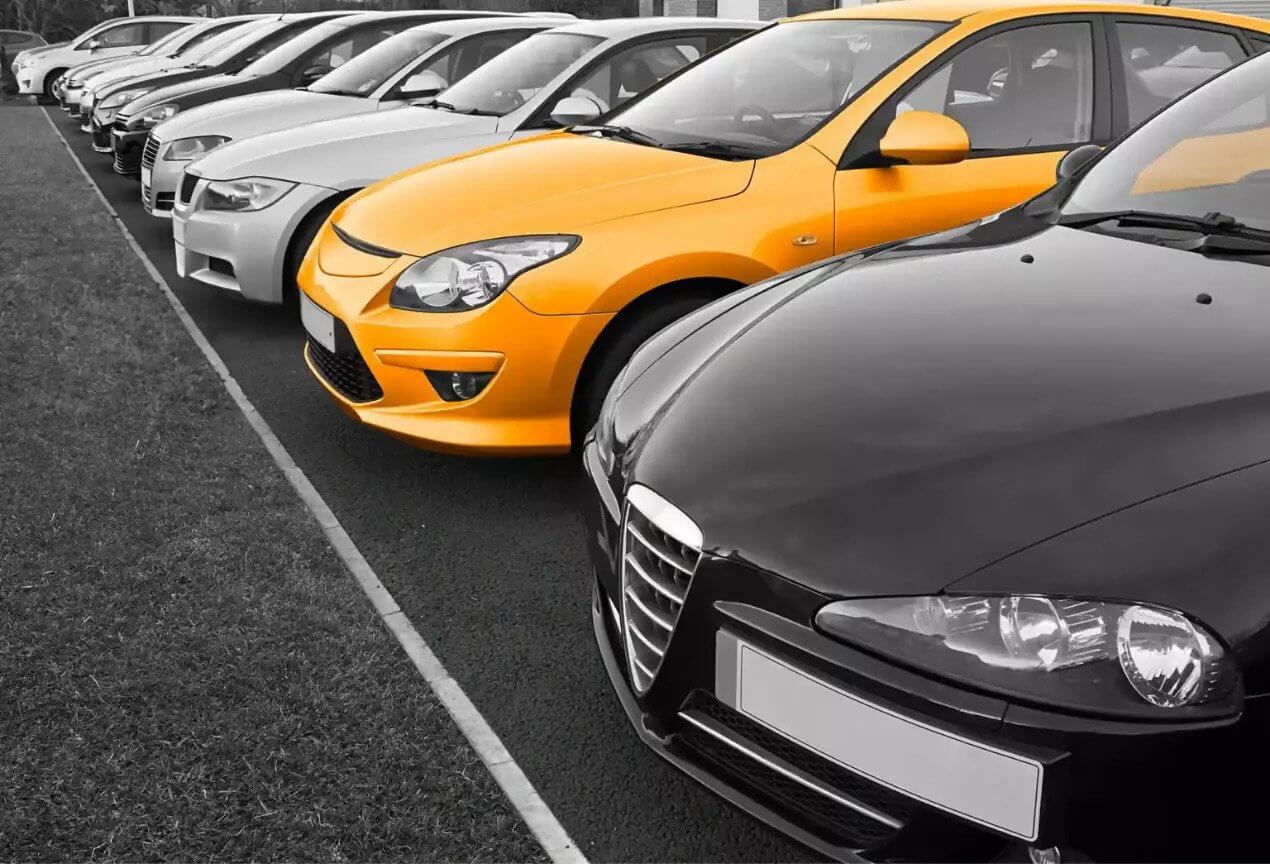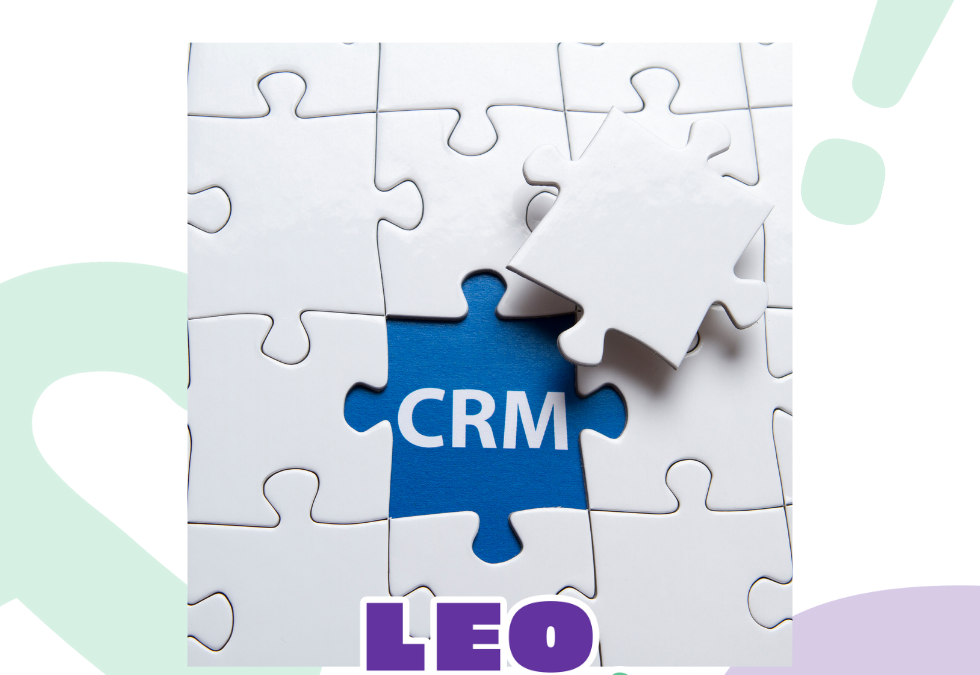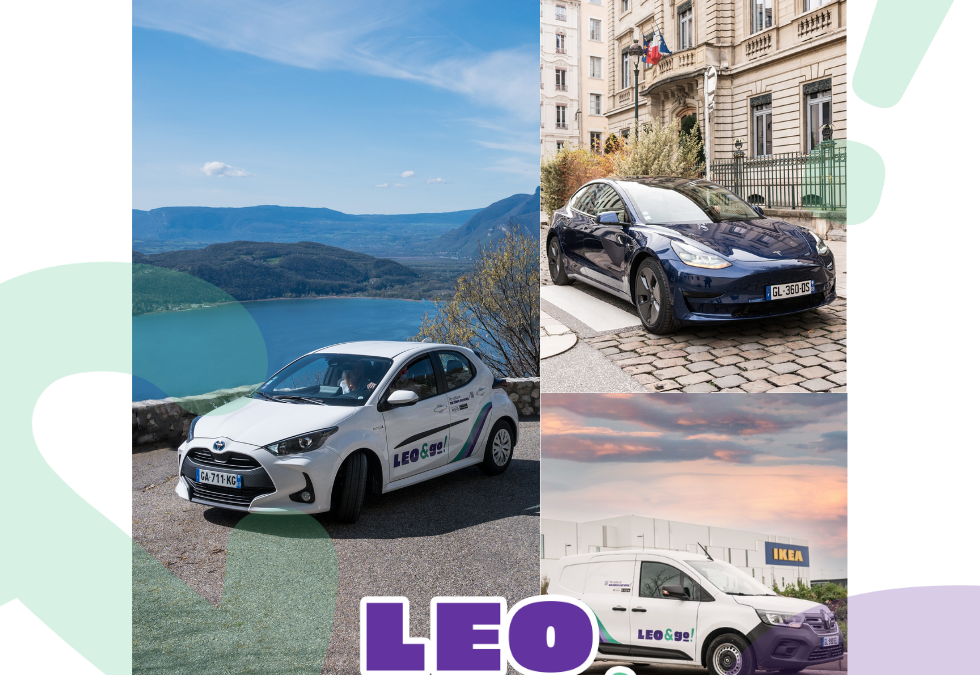STRATIM’s enterprise logistics platform is built for transportation companies needing to modernize fleet operations, unify systems, ensure high vehicle uptime, and deliver better experiences in the mobility space.
September 24, 2018 The company aims to enable the transportation industry to thrive in this complexity by providing powerful yet easy-to-use technology that simplifies the management of fleets at scale. The company was started in 2014 as Zirx and later on re-branded as STRATIM in 2017.
One of the broader trends in the mobility space that we’re interested in — one might say obsessed with — is this theory that individual vehicle ownership is at the very beginning of a long and sustained decline. Auto sales are soft globally, though admittedly that may have more to do with economic trends and trade jitters. But the statistics that are really fascinating are the ones about younger drivers no longer holding a driver’s license — that iconic symbol of freedom — to the high regard that many of us old-timers did when we were growing up.
If it’s a given that the combination of autonomous vehicles and MaaS (mobility-as-a-service) options will increase, then it would follow that consumers will be less reliant on the personal vehicle. At the least, one would think, maybe that second car that sits in the garage for the majority of the week would be the first big purchase to go.
This trend will be hugely relevant to our industry — indeed, it will be a generational business change. And perhaps no one will feel it more than dealers.
There are about 17,000 dealerships in the U.S., according to the National Automobile Dealer Association, down from nearly 20,000 a decade ago.
A recent study from Cox Automotive predicted that the number will fall to 9,000 by 2034, and will coincide with a huge consolidation in the space, with dealer groups acquiring more mom-and-pops. Individual owners will sink from 9,000 to 1,000 by 2030, the study estimated.
Then there’s the already serious issue of retention among dealers. To put it simply: millennials are just not that interested in selling cars. For a generation used to making purchases with a tap — leaving college with an average of $40,000 in student debt — an entry-level job haggling on a sales floor for a commission just isn’t as attractive as it used to be.
Millennials make up 60 percent of dealer new hires, and more than half of them turn over each year, according to the talent firm Hireology.
That’s where Paul Hirsch comes in. Hirsch co-founded Launch Mobility, a services platform that supports a variety of shared mobility options, which we think could be the rubric for the dealer rooftop of the future.
Personal ownership is going to “have a place,” Hirsch told me, but “mobility-as-a-service will be the dominant piece of the personal transportation market, and sharing will be core to all that.”
Launch Mobility is working with OEMs and captive finance companies to contract with dealers to house and maintain vehicles for fleets. In one pilot, called Animo, the platform buys vehicles off-lease, then offers them ride-share vehicles for Lyft, Uber, Postmates, or any other gig economy workers who need a car on an on-demand basis, with insurance, gas, maintenance, and cleaning all included. Those drivers can use the cars as part of a fleet as much or as little as they need.
As it is, about 80 percent of ride-hail drivers are driving 20 hours a week or less — a huge potential customer base, especially in cities where parking, gas, and upkeep are expensive.
The dealerships provide the real estate to house and maintain the vehicles, and Animo provides all the documentation for drivers to upload their personal profiles. It’s already running in Los Angeles and Santa Barbara, and Hirsch said the feedback, especially from the dealers, is encouraging.
We think Hirsch is hitting on something here: what if the dealership of the future looked more like a service center for fleets? Instead of cavernous showrooms and roaming salesmen, a dealership could be retrofitted to serve as a high-tech shop, with mechanics, specialists, and cleaners servicing fleets of vehicles on their downtime, as dispatchers sent vehicles to and from as needed.
After all, dealerships make a big chunk of their money on servicing as it is, and they already have to maintain the vehicles sitting unsold on their lot. The only real innovation here is one of scale, namely how to outfit and train franchisees to service fleets instead of personal vehicles. But with the basic infrastructure more or less in place, many rooftops are already uniquely qualified to take on a fleet management role.
The model could be particularly attractive to independent dealers, which as Hirsch notes, are typically in denser, urban areas.
The same areas where mobility services are flourishing.
In addition, in a MaaS access model — as opposed to an ownership model — we’re talking about vehicles being driven upwards of 10, 12 (or more) hours a day. These workhorses will need more frequent preventative maintenance, servicing, and cleaning, all of which can be done out of the dealer hub.
Cars of the future may not require a driver, but they’ll always require some level of service.
Paul Hirsch
Co-Founder, Launch Mobility
And as automobiles become essentially just a bunch of computers on wheels, the skill to sell and service them will be of an entirely different realm. Gen Z, take note.
Vulog is the world’s leading tech mobility provider: we are committed to building a greener future, one city at a time.




